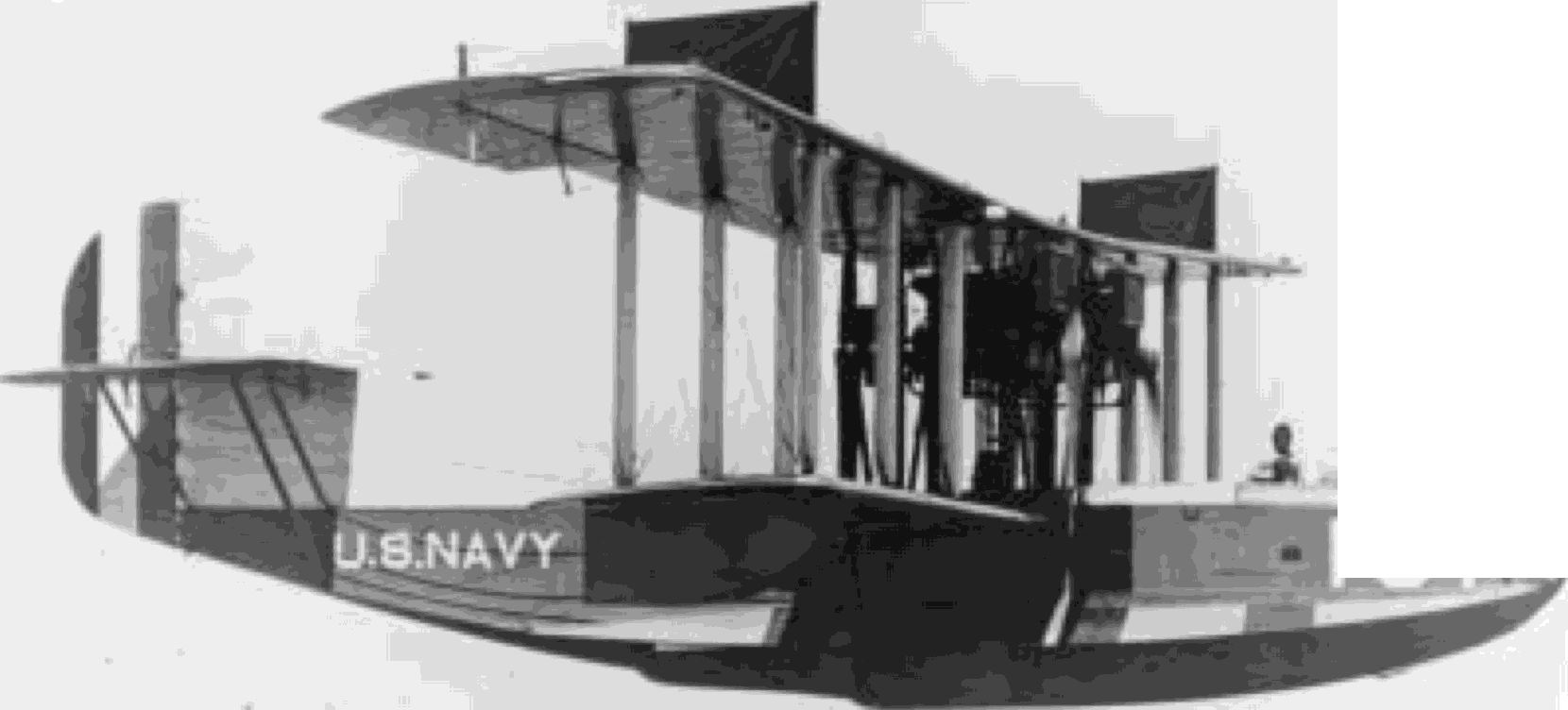
42
UNITED STATES NAVAL AVIATION
1910-1995
1919-Continued
1 August
To merge aviation with other naval activi-
ties, the Aviation Division of the Office of the Chief of
Naval Operations was abolished and its functions reas-
signed to other divisions and to the Bureau of
Navigation. The Director of Naval Aviation retained his
title as head of the Aviation Section of the Planning
Division. In the reorganization, the Aircraft Test Board
was transferred to the Board of Inspection and Survey.
9 August
Construction of the rigid airship ZR-l, the
future
Shenandoah
and the Navy's first rigid airship,
was authorized by the Secretary of the Navy. This air-
ship was constructed at the Naval Aircraft Factory and
assembled at Lakehurst, N.J.
19 August
The Secretary of the Navy ordered use of
the pre-war white star national insignia on all naval
aircraft in place of the concentric circle design adopt-
ed for the war. By this order, the red, white and blue
vertical bands on the rudder reverted to their prewar
position, blue being forward.
23 August
A general order directed that during dirigi-
ble flights parachutes be carried for each person on
board. The following November, this directive was
amplified to apply also to flights in kite balloons and
added the further requirement that life preservers be car-
ried in all lighter-than-air craft during flights over water.
22 October
The Secretary of War approved the
Navy's request that 18 Naval Aviators and 10 mechan-
ics be given landplane training at the Air Service
F-5L American adap-
tation of British flying
boat 644471
Training School at Carlstrom Field, Arcadia, Fla., and
two days later approved a similar program at March
Field, Riverside, Calif. This training, an extension of
the program already conducted under the Army at
Langley Field, Va., had been requested by the
Secretary of the Navy as necessary to the successful
operation of scouting aircraft from battleship turrets.
1 November
The Aerological School at NAS
Pensacola, Fla., opened with a class of one Marine
Corps and four Navy officers.
18 November
The Secretary of the Navy informed
the Secretary of War that, in response to his request,
arrangements had been made for six Army men to
attend the enlisted men's course in meteorology at
Pensacola, Fla., and suggested they report about 1
December when classes were scheduled to start.
21 November
Engineering plans for the conversion
of
Jupiter
(AC 3) to an aircraft carrier, originally com-
pleted 5 July were modified, and a summary specifica-
tion was issued by the Bureau of Construction and
Repair. In addition to an unobstructed "flying-on and
flying-off deck," stowage space for aircraft and facili-
ties for repair of aircraft, the new plans provided for
catapults to be fitted on both forward and aft ends of
the flying-off deck.
5 December
The Secretary of the Navy approved
the basic agreement covering procurement of the R-38
(ZR-2) rigid airship from the British Air Ministry.
.
LI
 |
20 |
 |